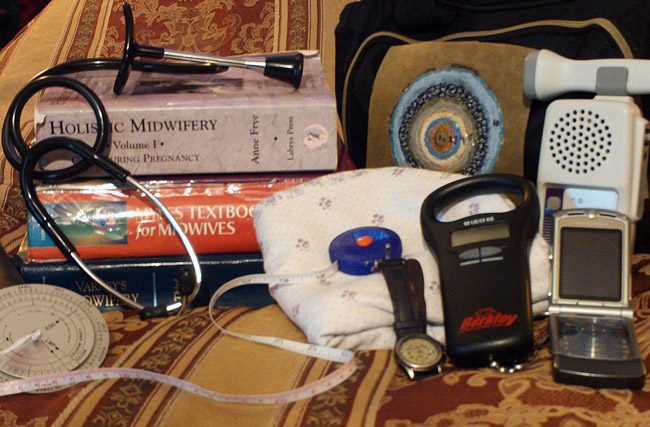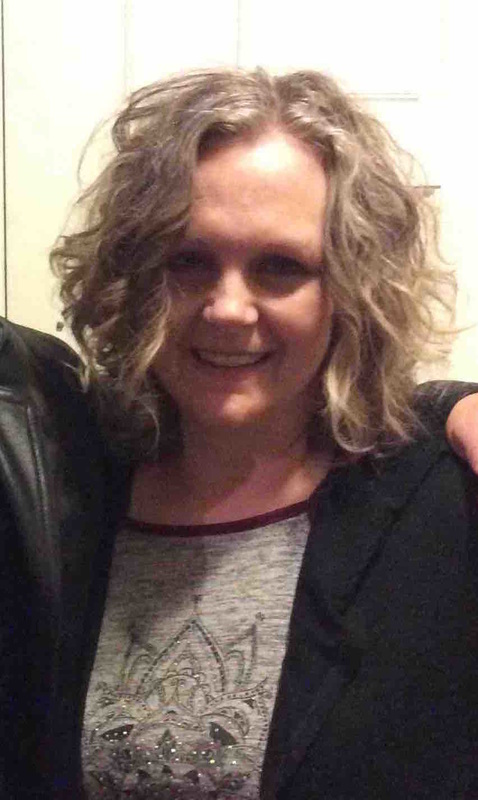|
I occasionally get emails from young women who are interested in becoming a midwife. It’s great that the idea of midwifery seems to be spreading in the younger generation; perhaps becoming more of a modernized household word. There are some important considerations when thinking about one’s path to midwifery. In this article, I explore some of these ideas in a general way. This is by no means an exhaustive discussion. At the end, I’ll include links to resources that may help the aspiring midwife in her research.
First, what many who inquire about midwifery may not realize is that there are two educational tracts in the US for becoming a midwife. There are some interesting historical and political reasons why this is so, but that may be a topic for the future. Direct-entry midwifery is the term that represents the more traditional style of apprenticeship training. A student spends a number of years learning under the guidance of a more experienced midwife until she is ready to practice on her own. The student is responsible for obtaining the didactic portion of her education either through a program of study set out by her senior midwife or a long-distance educational program. Clinical experience in midwifery can also be gained by attending internship programs in the US or other countries. The requirements to be a CPM continue to evolve as the credential undergoes more standardization through agencies that accredit this route of education. The student has the option of testing for the national credential of Certified Professional Midwife which is administered by the North American Registry of Midwives. In twenty-six states, the CPM is recognized as the legal credential to practice out-of-hospital midwifery. The CPM is the only midwifery credential with training specific to the out-of-hospital birth environment. There are also brick-and-mortar midwifery schools, which may also offer a long-distance learning option with periodic clinical components for which the student must travel. For a student midwife wishing to earn a CPM credential, the school must meet the guidelines set by the Midwifery Education Accreditation Council (MEAC). Graduation from such a program fully prepares a student to take the NARM exam. CPMs who earned the credential under older guidelines must complete a bridge program by 2020 that will grant compliance with MEAC. Certified Nurse Midwife is the credential earned by students who have gone through formal education in nursing and have attained a master’s degree in nurse midwifery. CNMs are licensed and legal in every state although practice regulations differ from state to state making some states more difficult for the CNM to function in the full scope of her practice. Most CNMs work in hospital-based practices although some do have home birth practices. Having described the two routes for aspiring midwives, let me say that there is no easy way to become a midwife. Education and training in midwifery takes time, commitment, and hard work--as it should. I am a firm believer in rigorous midwifery training which includes a full scope of skills appropriate to the practice of midwifery. Your heart may make it very clear which route to take, but if you are weighing your options, I’d like to offer some thoughts for consideration. While the idea of training in the traditional apprenticeship model and being a home birth midwife may sound attractive, it can be difficult to find a midwife that will take you as an apprentice or be able to provide you the clinical practice opportunities if you are going through a MEAC approved school. If you find a midwife who can take you on, the volume of her practice needs to be high enough to give you the degree of experience or numbers you need to complete your training in the time allotted. If not, you may need to travel to a clinical site elsewhere to get the numbers and experience you need. Students earning a CPM credential must consider the laws of the state in which they wish to live. There are a handful of states in which the practice of midwifery is a felony and this can make it difficult to advertise or practice openly. A state with licensure for CPMs may make it possible for midwives to bill insurance companies; thus increasing the volume and financial stability of the practice. The nursing school route is generally more accessible and straightforward as a path to midwifery. CNMs are legal in all states, although again, you will want to consider the laws of the particular state in which you wish to live as some states restrict the practice of nurse-midwifery. Opportunities will also vary across the country as some cities have hospitals with thriving CNM practices, but many do not. Being a CNM (and a master’s degree level nurse at that) will offer more flexibility and employment opportunities to be able to earn a good income. I often encourage young women who contact me about midwifery to consider nursing for their educational route for those reasons. It’s possible, but a little less common, for CNMs to have a home birth practice. The laws of a particular state and the need to pay off student loans can be determining factors in this choice. Some CNMs get their CPM credential (or vice versa) to be able to have a home birth practice. Having both credentials is certainly one way to have all bases covered when it comes to the variability of midwifery practice environments. As a CPM, I love the ability I have to practice in a way that respects and honors the physiologic process of labor and birth. I am to able to be practical and responsive to the individually unfolding needs of the labor and birth of each woman. I value a model of care that didn’t need to be approved by a boardroom of men and that isn’t at the mercy of policies and procedures that were only designed with potential litigation in mind. And yet, I imagine that were I a CNM, I would have the ability to reach many more women with the midwifery model of care in populations that could benefit from it. Working in a structured environment with support of other professionals just down the hall, some kind of scheduled work life with a dependable income, health insurance, and a retirement plan are benefits I don’t get by being a self-employed CPM. In the meantime, there are other great things you can do as you research or prepare for your educational route. You can become a doula—this is a great way to learn about labor and birth, find out what goes into being a support person for a childbearing woman, get a feel for what being on-call is like, and gain some experience on the business side of being a birth worker. In my area, Nona has an excellent doula training program. Join your state midwifery organization. Get involved with the effort your state has to make or keep midwifery legal and viable. Here in Missouri, visit: Missouri Midwives Association. Below are additional resources: North American Registry of Midwives Midwives Alliance of North America Midwifery Education Accreditation Council American College of Nurse Midwives
2 Comments
3/22/2019 11:03:07 pm
I like how you mention that there are several ways in order to become a midwife and that one of them involves the traditional apprenticeship program of a student under a more experienced midwife for several years until they're ready to become a midwife themselves, and then there's the option of going to a school that specifically offers midwifery as a course that prospective students can take in between the four walls of a classroom. While there is no easy way to become a midwife, there's education, training, and commitment involved through the long and winding road of becoming one. While I have no experience with it (seeing as I myself am a guy) I can recommend this article to my younger sister, as she's been curious as to how to become a midwife.
Reply
Your comment will be posted after it is approved.
Leave a Reply. |
Midwife's musings...A midwife must possess a lady's hand, a hawk's eye, and a lion's heart. ~Aristotle Archives
December 2017
Categories |


 RSS Feed
RSS Feed